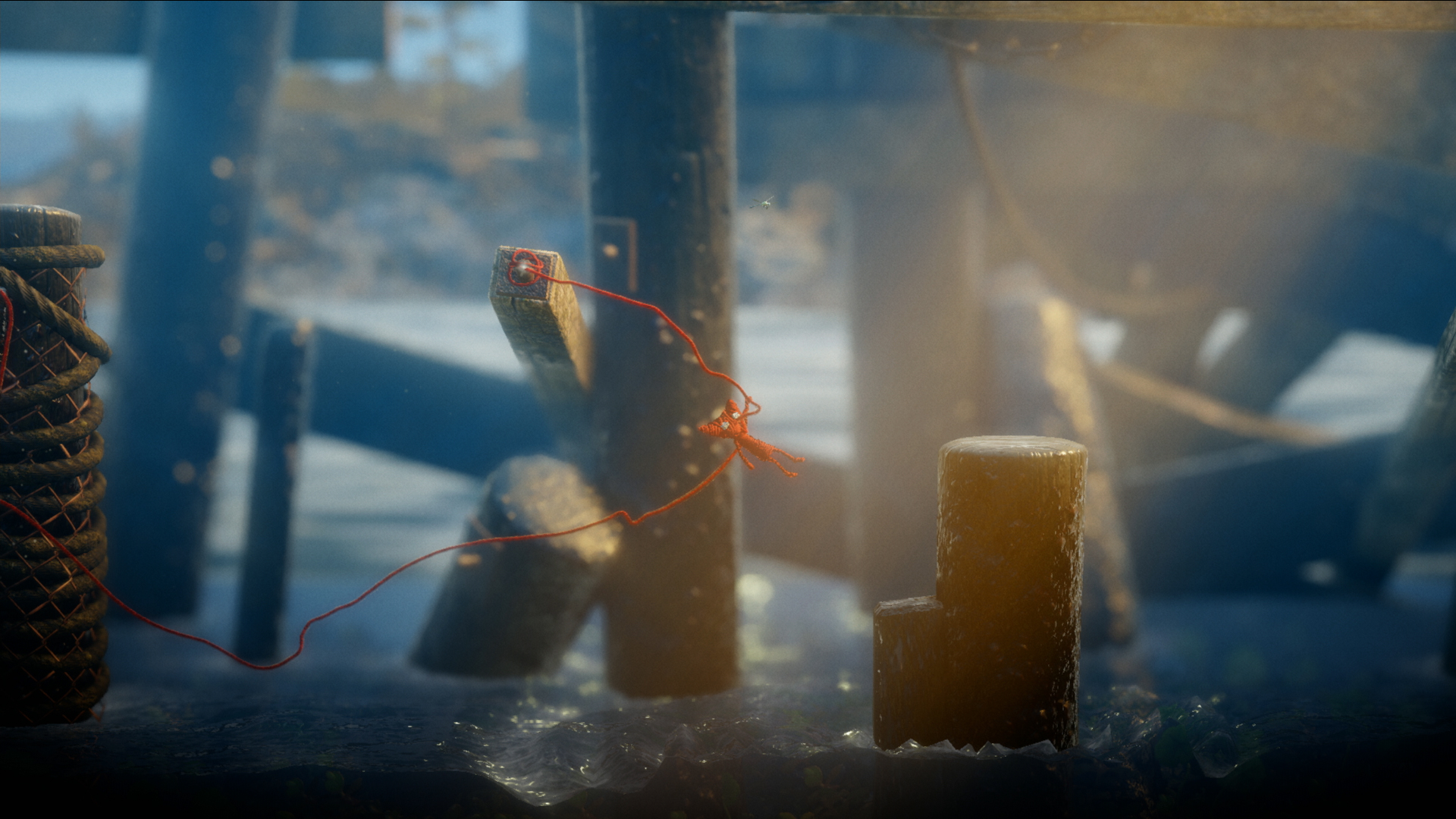Yarny, the skinny red, mouthless thing of Unravel, is easy to love. As he fumbles around a nameless Swedish countryside, a single piece of yarn trails behind him. Adorably. Traversing a dining room table, landing on the floor, or climbing furniture is cute without seeming phony. Yarny’s big white eyes seem to widen full on anime as he sees in each and every obstacle before him. In this way, Yarny and by extension Unravel has a sense of wonder for a world that many don’t think much about in the digital age: one filled with wood, dirt, grass, and yes, even yarn.
As a game, however, Unravel is just plain dated and. often, frustrating to play. The load times are okay, but the checkpoints are way too sparse. The levels might look tangible and "real," but interacting in them becomes a chore fast even for a title that lasts about seven hours to complete across the game's twelve levels.
Things start promising enough, beginning with an older woman looking over her empty home. Is she waiting for someone? Is she the only survivor of her family, or have her children (and grandchildren?) simply just moved away? As she heads upstairs with her knitting basket, a red ball of yarn falls out, rolling across the floor without her noticing. This is Yarny.
Players soon learn that the main objective is for this red string being to fill an old book with older photos that, over time, will reveal the life of the family that lived in the house. As Yarny makes his way from the kitchen to the dining room, he comes across framed photos that, by hitting ‘X’, he can venture into. Unlike Mario who gleefully jumped into paintings in Mario 64, Yarny’s transition is more sorrow-filled than Mario's excited "Here We Gooooo!"
Each photo looks like the saddest or, at the very least, most existential-looking images ever. The first is a family on a bench, their backs to the player. Then that same image morphs into a solitary figure—Isolated. Once in the photo, the levels play out like a typical 2D side-scroller with the goal being to get to the other side and collect pieces for the photo album. Each collectible is a different shape, but they pretty much look like the lead character—made of cloth and stitched together with love.
At first, most of the platforming and puzzles are simple enough. Players can stitch Yarny’s excess string onto certain objects, such as linking them to two posts to create a trampoline. Other times, string can be secured to an object like a handle, that when pulled starts the engine of a motorboat. Most of the time though, you’ll hit the right trigger to toss out a line of string to attach to a branch of a tree to swing across a chasm.
In theory, this seems easy enough, but even early on, you can feel the struggle that developer Coldwood Interactive had designing a real-world aesthetic to fit a puzzle-solution structure. Most modern 2D games make clear that the solution to opening a door or getting across a crab-filled beach is within a few feet (or inches) of the character. This is true too in Unravel, but only to a point. A lot of times the solution doesn’t present itself with those “a-ha” moments that feel rewarding. Most of the time I found myself looking at the screen for an extended period only to realize the solution was actually just off-screen or, worse, in front of Yarny all along, but I didn’t realize that a particular item could be interacted with. This is because like many older games, the background, while richly detailed, is more often than not just that: backgrounds. Over time you might assume a giant sunflower or a nail sticking out of a slate of wood is not something that will help… when in fact they are.
Still, given the challenge of trying to immerse players into this lush world, I understand why the level design got sacrificed for mood. The mood, it should be noted, can be very spellbinding. Though the story doesn’t add up to much more than those aforementioned photos, there is a real sense that time has passed; that no matter how much we might long to hold on to our memories, whether good or bad, they will fade. That is the strength of Unravel.
As the game progresses though, at around the fourth photo, the mechanic of how to move forward gets worse. Yarny is made of well, yarn, and early on the string that gets left behind as he walks eventually makes him skinnier and skinner until he’s run out of himself and can no longer proceed. The solution to this, for both story and gameplay, is that there are many extra bundles of yarn throughout the game. The problem comes when many of the later puzzles demand that the players be mindful of how much string is being spent. Inevitably, this leads to climbing a tree or tethering Yarny to a post only to realize that the path you’ve chosen won’t work. You then have to backtrack, carefully, to get your stock of yarn back. This happens over and over. Backtracking is not fun, much less in order to solve a puzzle that feels clunky regardless.
When not stuck, Yarny can also die. He can’t swim, and crabs and other creatures like to kill him. A lot. But as cute as he is, his untimely deaths weren’t nearly as regretful to me as the endless times I killed “the boy” in Limbo and is infinitely better executed.
The problem with playing a game like this is that you really just want to see all the new areas—the snowy terrain one is stunning—but getting stuck on a puzzle can, too often, lead to just giving up entirely. Curiously, the hub (the main house) tends to dole out the levels one at a time which means no matter what, if you want to see that abandoned mine level (by far the creepiest section) you have to finish the previous ones first. Unravel by the nature of the fractured story it's telling didn't really need to be so rigidly linear.
The iffy puzzles and tedious backtracking in Unravel sadly cannot be fixed by switching to an easy mode as the game doesn’t offer any kind of “just play the story” mode. That’s a shame since the world and likability of the lead hero make the kind of adventure I love to get lost in. The price of $19.99 is fair for a campaign that lasts just under seven hours and, if you want to get all the collectibles, can probably go up to ten. I’m not giving up on Unravel, though. I think with better controls, fairer puzzles, and more leniency with the string allotment, Unravel 2: Enter the House Cat could be a real winner.
-
Yarny never stops being lovable
-
From the countryside to the sea and beyond, the visuals are top-notch
-
6 hours for 20 bucks feels right
-
Puzzles range from simple to clunky
-
Which is also a word that best describes the controls
-
Backtracking by way of limited yarn is the game’s worst aspect
Unravel review screens
-
Unravel review screens #1
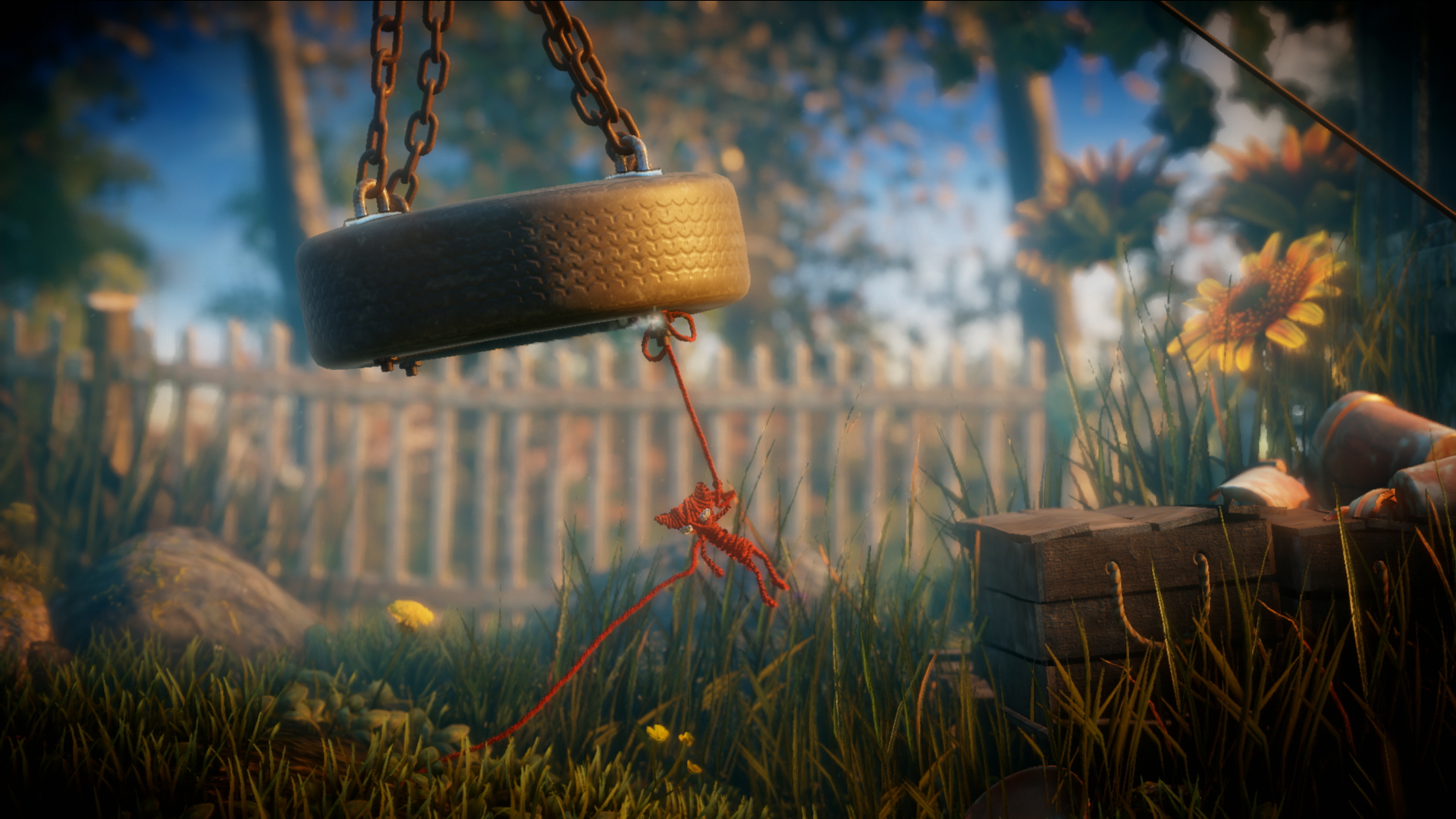
-
Unravel review screens #2
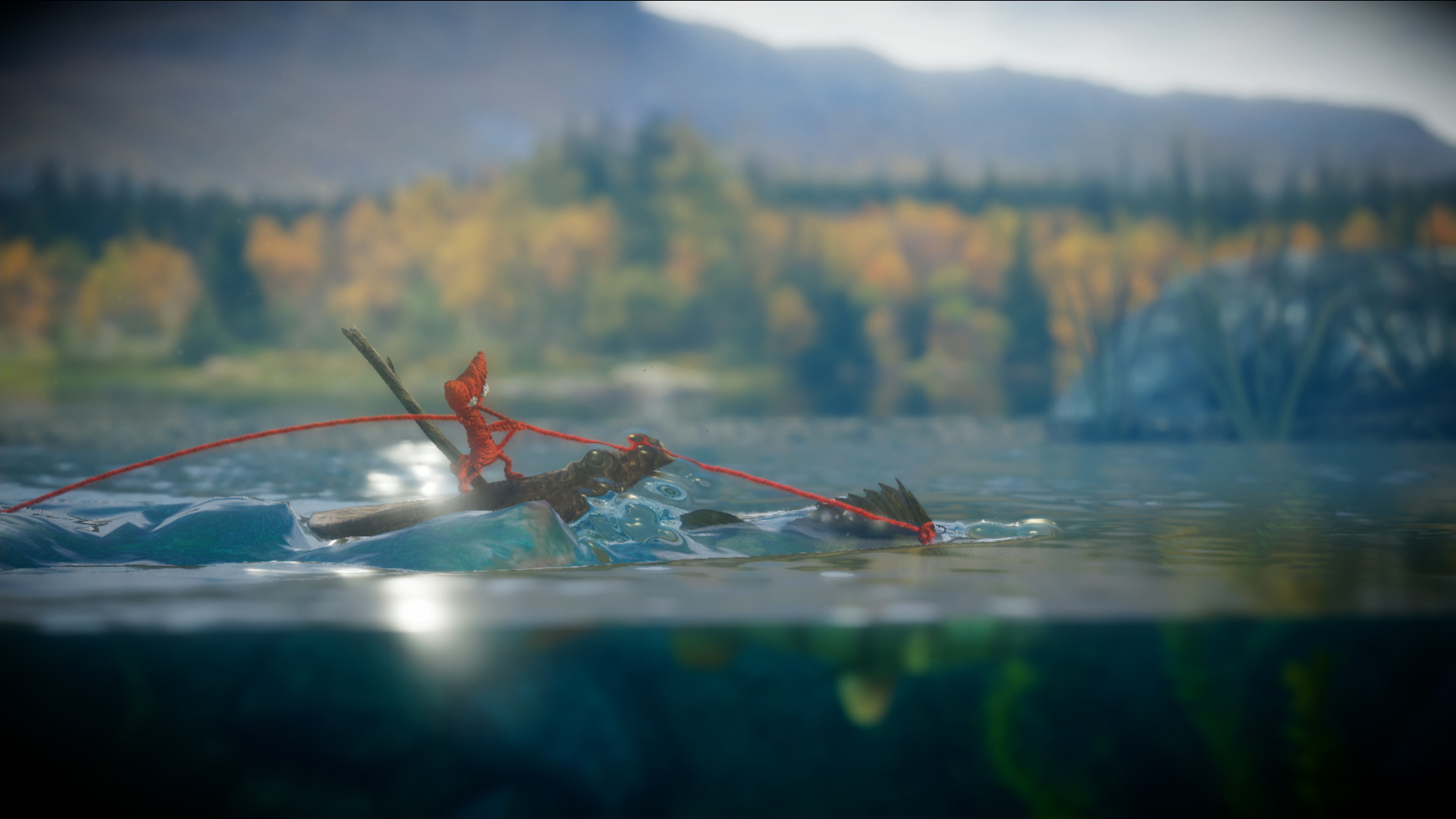
-
Unravel review screens #3
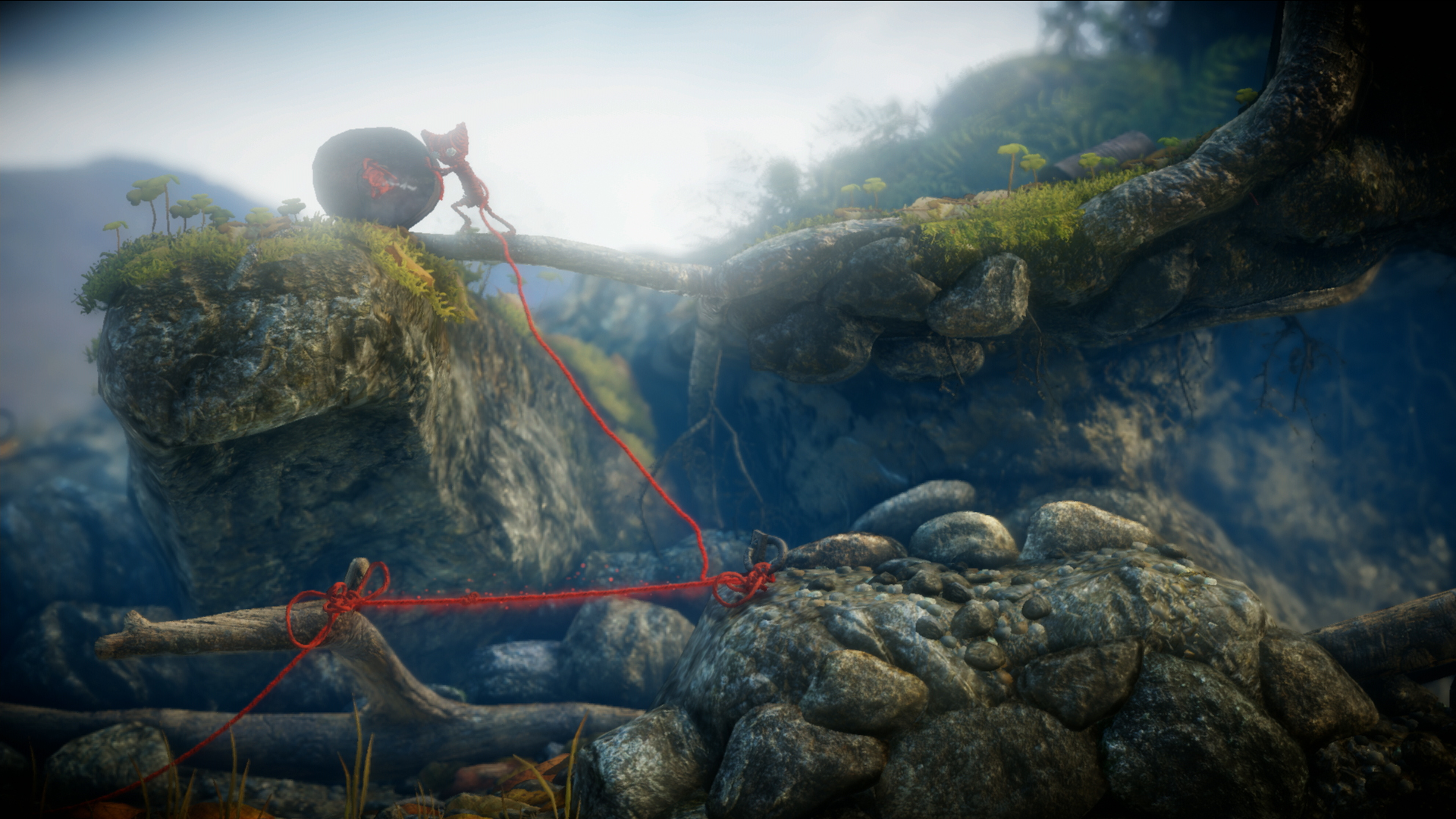
-
Unravel review screens #4
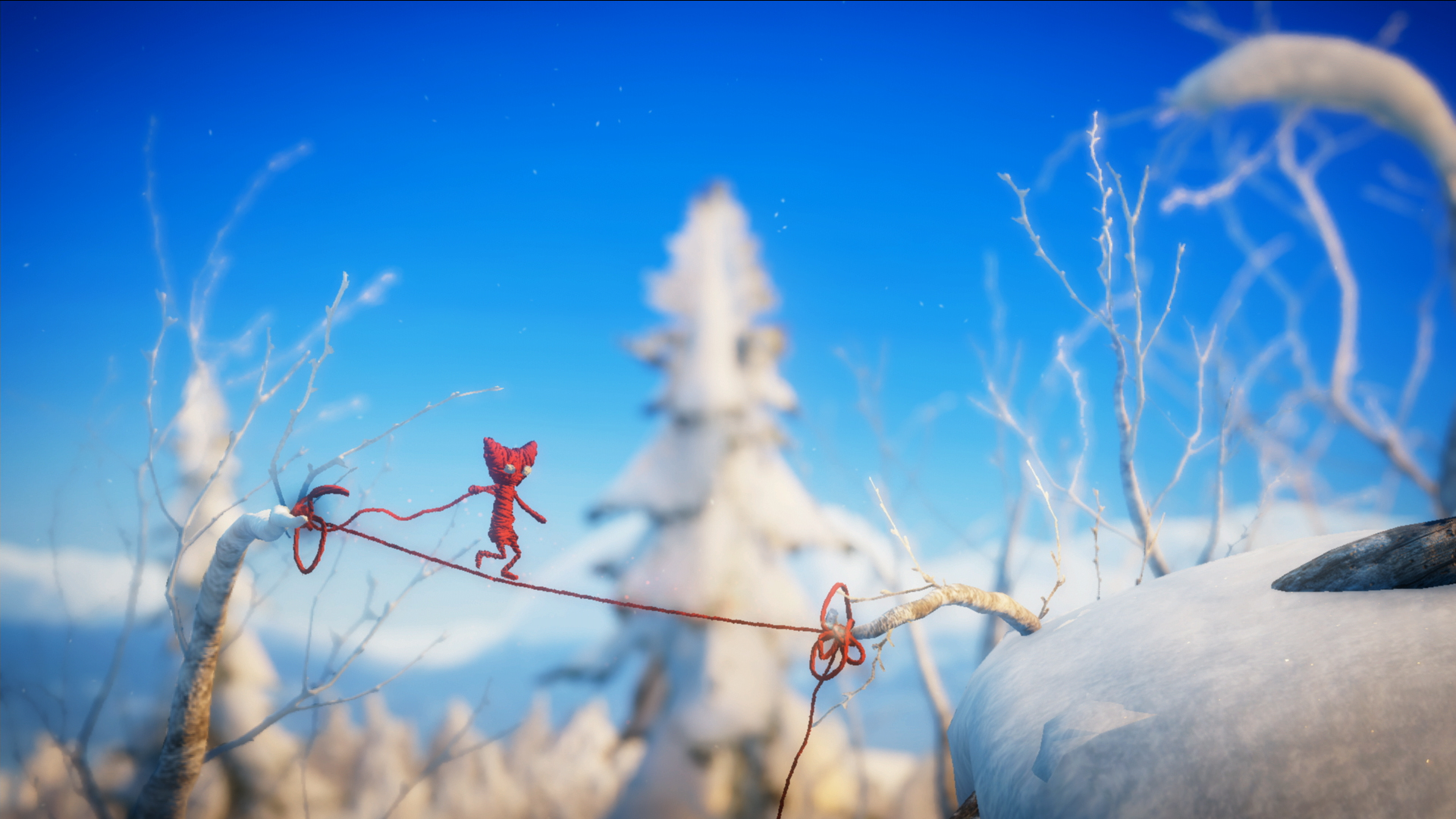
-
Unravel review screens #5
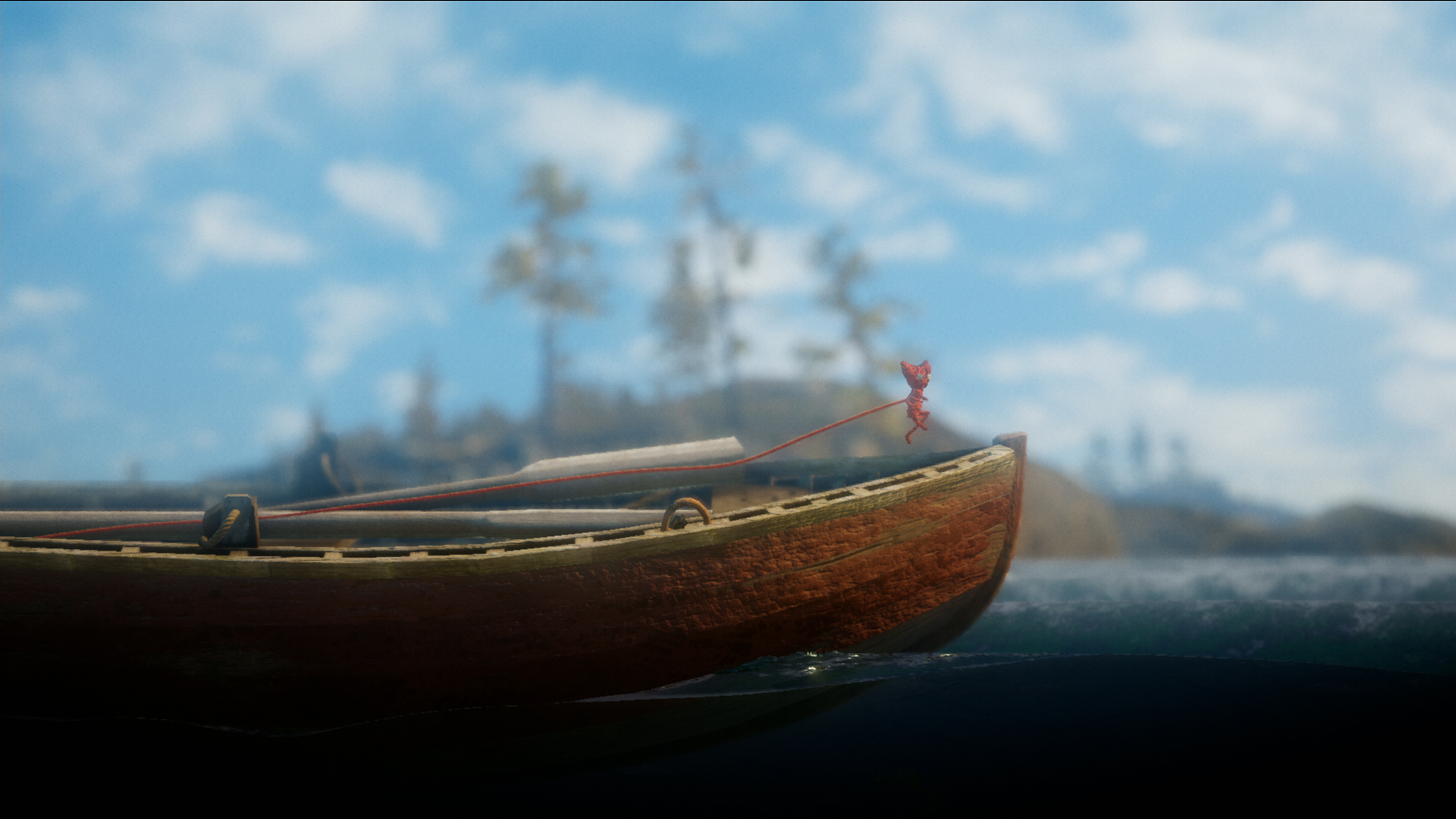
-
Unravel review screens #6
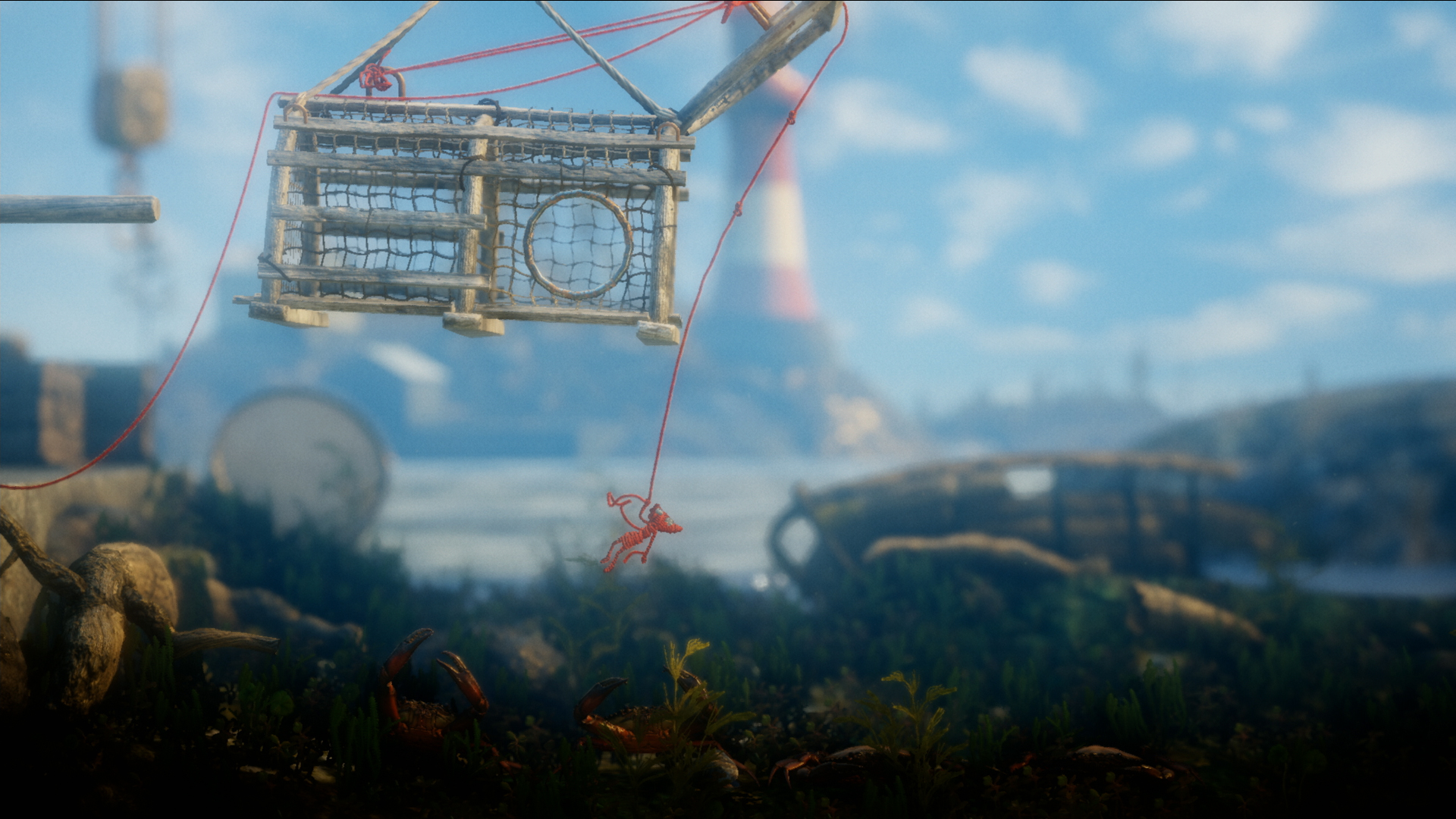
-
Unravel review screens #7
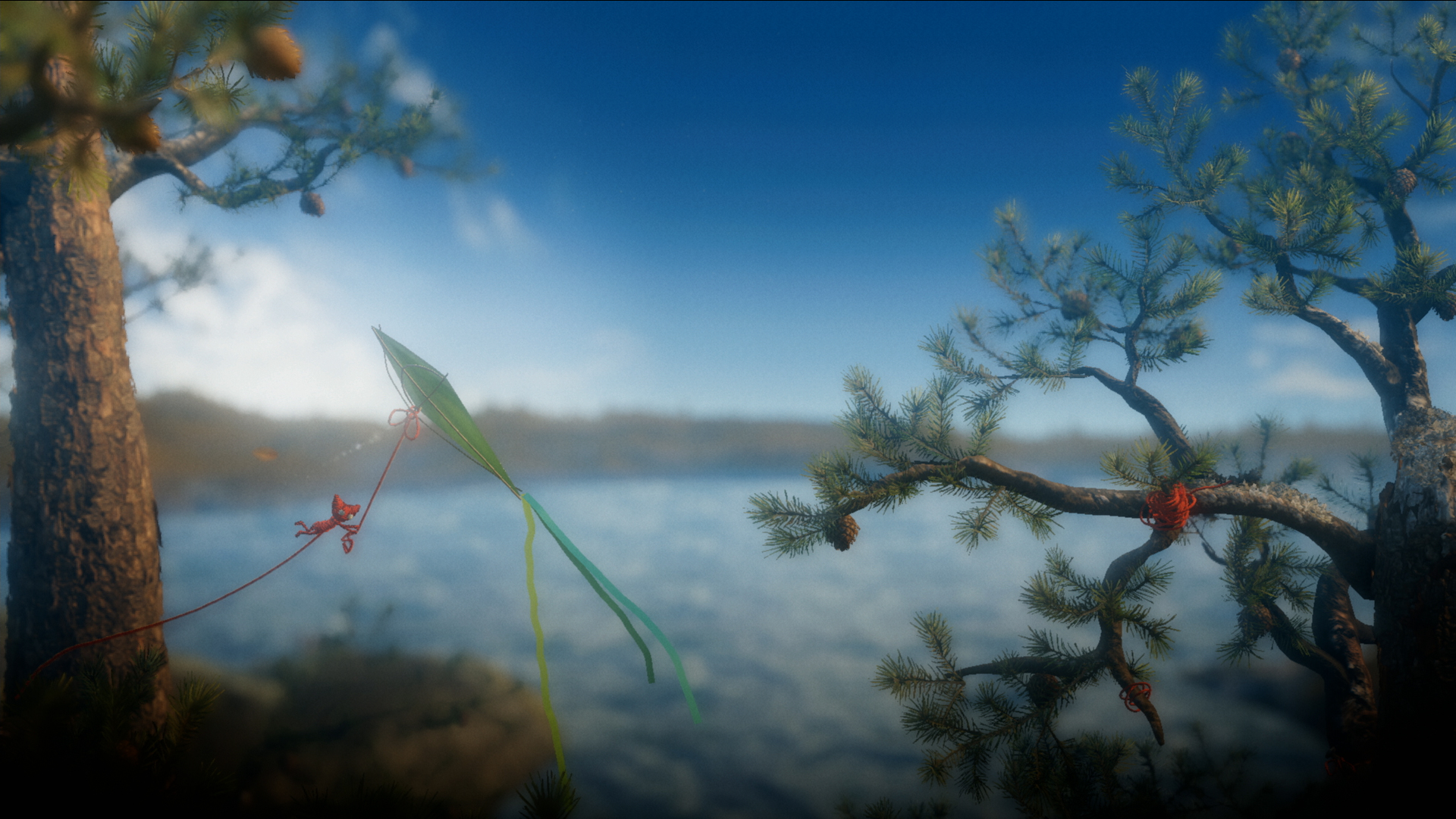
-
Unravel review screens #8

-
Unravel review screens #9
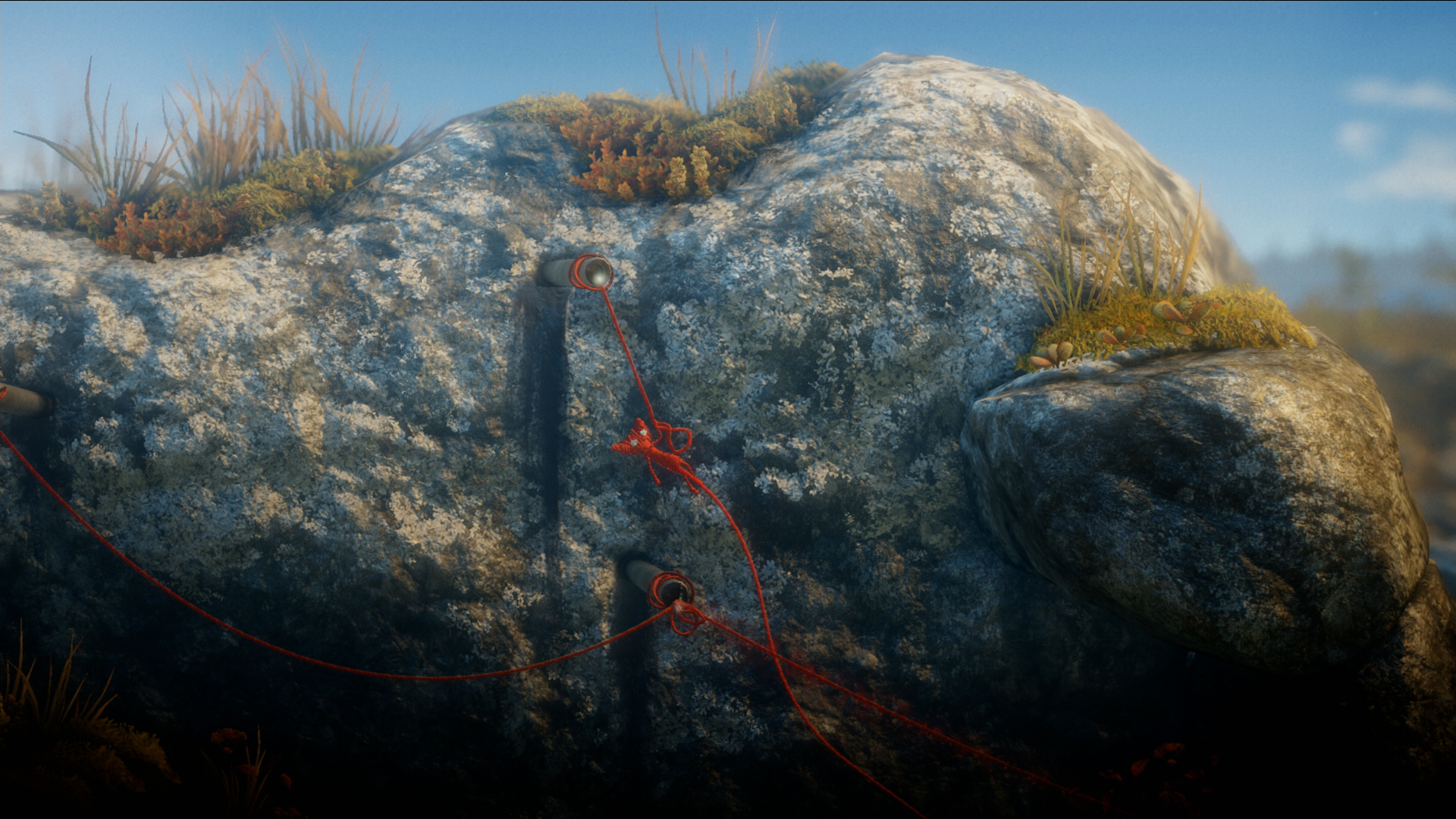
-
Unravel review screens #10
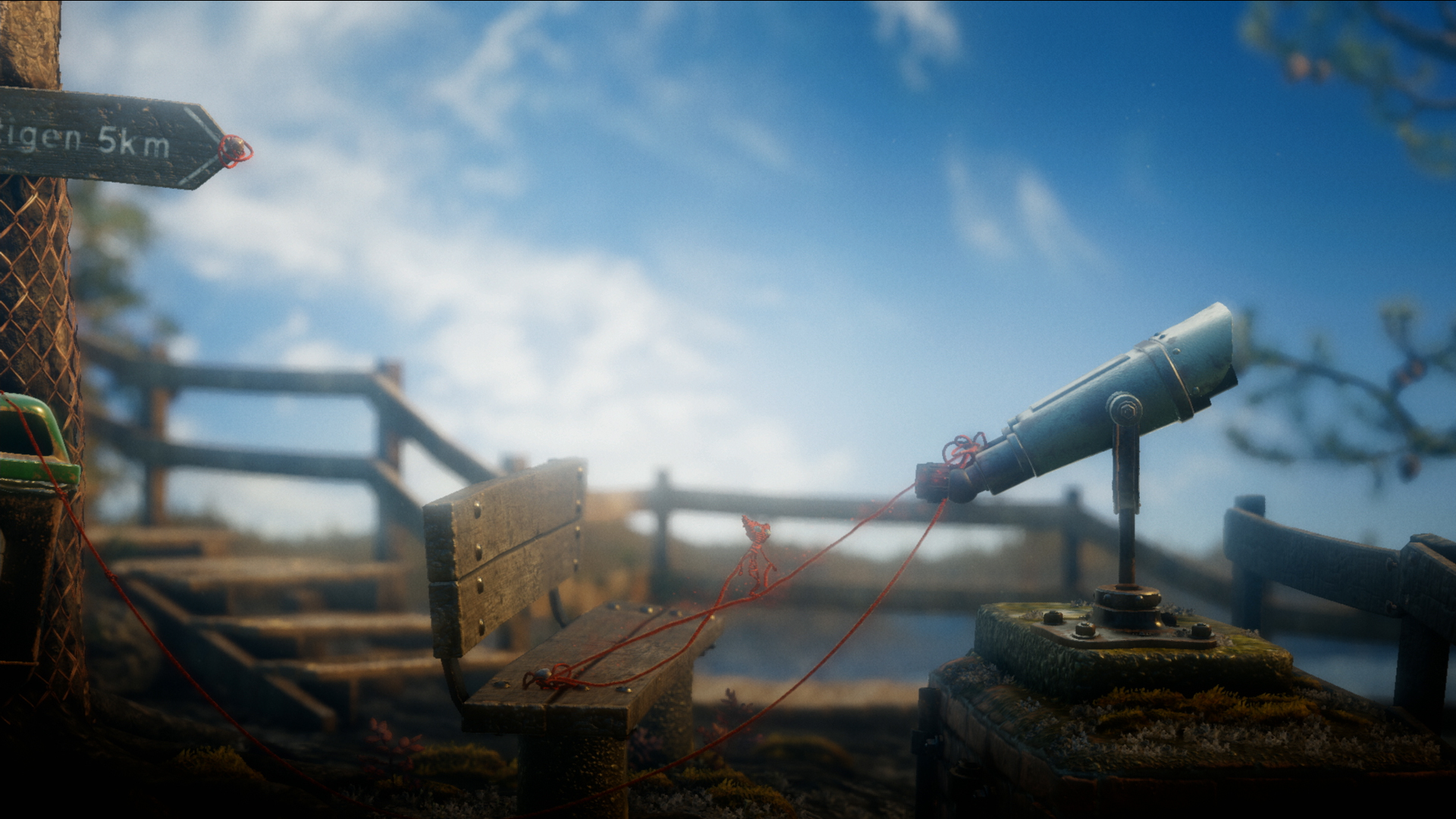
-
Unravel review screens #11
